
 |
Whether or not the EU Emissions Trading System (EU ETS) will turn shippers towards greener fuel and inspire innovation remains to be seen. The current evidence that it will work is sparse. For example, industry expert Greg Knowler notes that Hapag-Lloyd expects just 1% of its annual fuel usage to be its ShipGreen product, and, in 2022, only 2% of Maersk’s 480,000 TEUs used its ECO delivery biofuel.[1]
Shipping may be late to the party, but data from current Carbon Pricing Instruments (CPIs) hardly paint an inspiring picture. A World Bank report from 2022 states that there are 37 carbon taxes and 34 emissions trading systems currently in operation around the world and that, in the majority of cases, the “carbon prices remain significantly below what is needed to achieve net zero by 2050 and meet the goals of the Paris Agreement”.[2] It describes this as a “gap between policies and pledges”.[3]
In a comprehensive review of 37 peer-reviewed, ex-post studies of emissions reductions caused by carbon pricing policies, Green points to four key findings.[4] First, that there is very little data on the issue. Second, that the effect on reductions for both taxes and ETSs is small, between 0% and 2% per annum. Third, that on the whole, taxes perform better than ETSs. Fourth, that the impact of the world’s largest scheme (the EU’s ETS) has so far been minimal.
These findings must be understood in the context of a general lack of data as well as the fact that those studies that have been carried out for the EU, for example, focused only on Phase 1, which was considered a pilot scheme where countries were allowed to set their own caps. Nonetheless, Green highlights how emissions prices have generally not been high enough to have an impact as well as the widely recognised problem of carbon leakage, where responsibility for emissions is simply shifted to another geographical area where there are less strict policies.
Zhu et al. explain that whether or not carbon pricing will have an effect depends on the bunker fuel price. In situations where the bunker fuel price is high (up to $583 per tonne), even countries with lax rules around emissions can inspire an emissions reduction of up to 8%.[5] When bunker prices are low ($348 per tonne), there are no emissions reductions. Koesler, Achtnicht and Köhler also suggest that bunker prices trump all other concerns around CO2 costs.[6]
Even if regulators manage to make enough of an intervention to change this, it could still be the case that biofuels will need to be cheaper than regular fuels because of costs incurred when changing the ship's fuel system. In the past, these changes have been absorbed by enhanced energy efficiency, so it is difficult to know where they will land with biofuels.
On the positive side, demand from traders and speculators has pushed ETS prices higher. And particular policy shifts are able to create expectation. For example, the publication of recommendations by the New Zealand Climate Change Commission in 2021 and the Republic of Korea’s change in climate targets heavily influenced and moved markets. Investors have managed to drive prices in the California-Quebec market.[7]
Perhaps the biggest challenge for the shipping industry will be offsets, where compliance is achieved by paying for emissions as part of other costs.[8] A study from Haites shows that even if there have been reductions in emissions in Europe of about 6.5% over several years, those countries without a carbon pricing policy reduced emissions faster than those with a tax![9]
There is also very little evidence that CPIs have resulted in more technological innovation. For example, Liliestam et al.’s study found no effects[10] and Van den Bergh and Savin found a small, but positive, effect on low-carbon innovation.[11]
One of the most cited innovations to tackle emissions is to reduce the speed of ships. The World Bank report points to studies that suggest 50% possible reductions from slower speeds, although this is largely dependent on fuel prices and charter and freight rates. A ship may slow down through certain parts of the route but speed up during others. Other possible innovations that may result from the EU ETS regulatory changes include designing more efficient ship hulls; more efficient optimization of ship routes to avoid bad weather, for example; the optimization of propulsion efficiency; sky sails (large sails that fly 200 metres above the ship and help pull it along); using low carbon fuels; and more efficient port management.
It is clear, however, that any technological innovations offshore will need to be matched by onshore infrastructure, and investors will want to ensure that ships use the facilities provided. The obligatory system in California ensures that ships use the onshore power facilities. In Norway, there were simultaneous government subsides for battery-powered ships and electric charging stations. But costs for onshore infrastructure are high and could be up to seven times more than onboard changes.[12]
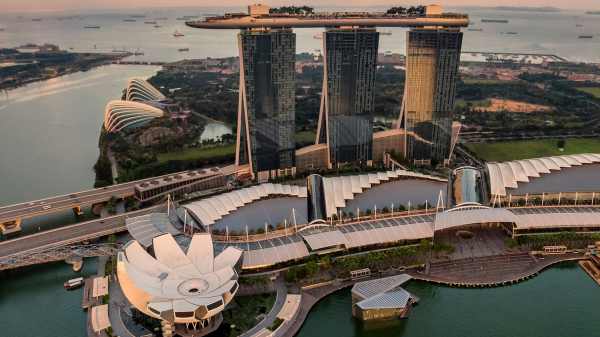
|
Singapore tops first global container port ranking by DNV and Menon Economics
The port leads across all five assessment pillars in inaugural industry report. |
|
|
|
||

|
Marine fuel procurement becomes strategic imperative as regulatory pressures mount: LR
Operators must adopt comprehensive fuel strategies amid supply constraints and compliance costs, says Lloyd's Register. |
|
|
|
||

|
China's first privately-built ultra-large LNG carrier begins sea trials
Jiangsu Yangzi Xinfu Shipbuilding has plans to deliver eight dual-fuel container ships. |
|
|
|
||
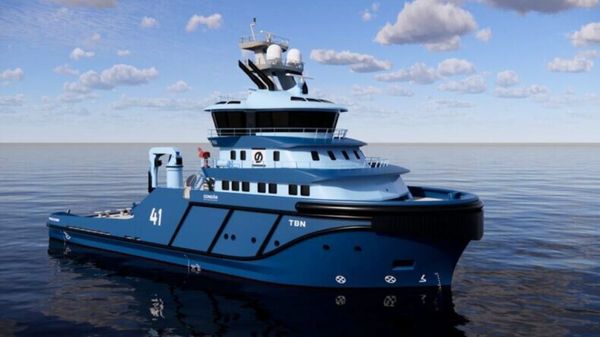
|
Østensjø Rederi orders methanol-ready tug from Spanish shipyard
Norwegian operator contracts Astilleros Gondán for vessel with diesel-electric hybrid propulsion system. |
|
|
|
||
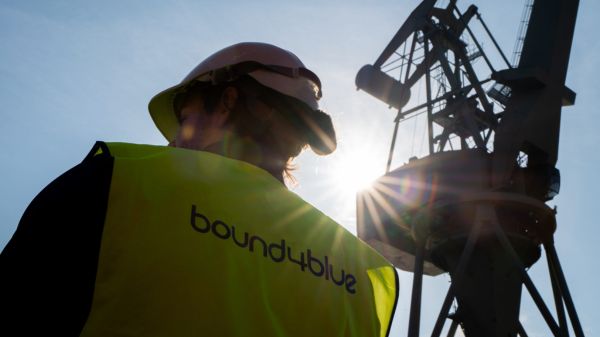
|
Bound4blue establishes China production base for wind propulsion systems
Spanish wind propulsion firm targets Asian shipbuilding market with outsourced manufacturing network. |
|
|
|
||
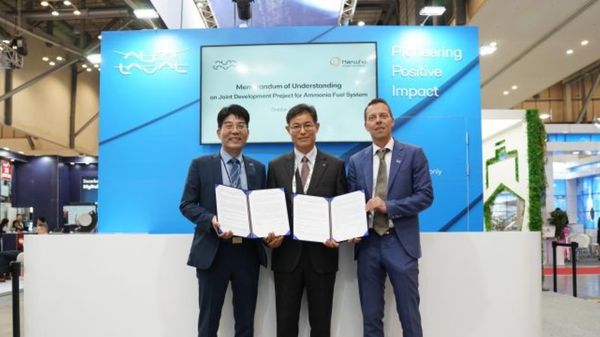
|
Alfa Laval and Hanwha Ocean Ecotech partner on ammonia fuel systems
Collaboration aims to develop ammonia fuel technology for dual-fuel vessels in the Asian market. |
|
|
|
||

|
Nuclear-powered boxships could deliver $68m annual savings: Lloyd's Register
Small modular reactors could eliminate fuel costs and carbon penalties while boosting cargo capacity, says report. |
|
|
|
||
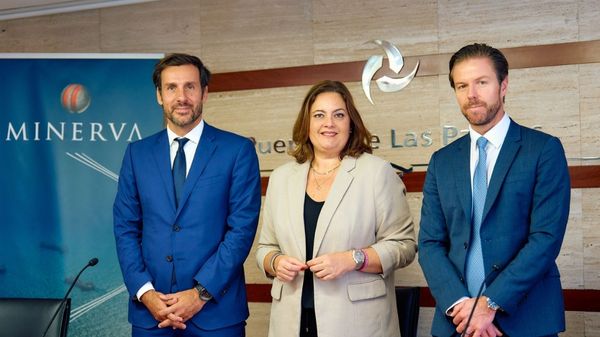
|
Minerva Bunkering extends Las Palmas terminal concession by 15 years
Bunker supplier adds barge capacity and explores new terminal for energy transition fuels. |
|
|
|
||

|
Ammonia Energy Association releases gas detection whitepaper with Lloyd's Register input
Lloyd's Register contributed expertise to new guidance on ammonia detection systems for the maritime sector. |
|
|
|
||
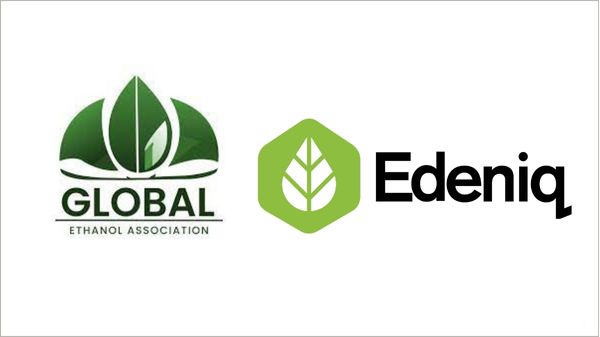
|
Edeniq joins Global Ethanol Association as founding member
Analytical technology firm to support ethanol-driven solutions across fuels and chemicals sectors. |
|
|
|
||
| Who will bear the cost of EU emission allowances? [News & Insights] |
| How the EU ETS impacts non-EU nations and shippers [News & Insights] |
| Four cornerstones for a regulatory environment for sustainable fuels [News & Insights] |
| Formula for change: UECC solution for EU ETS gives clients clarity on emission costs | UECC [News & Insights] |